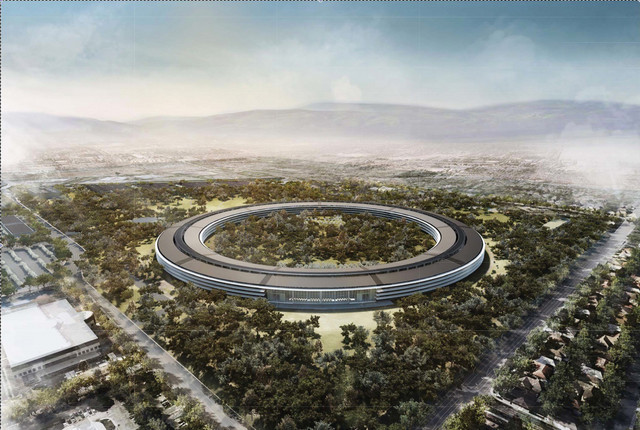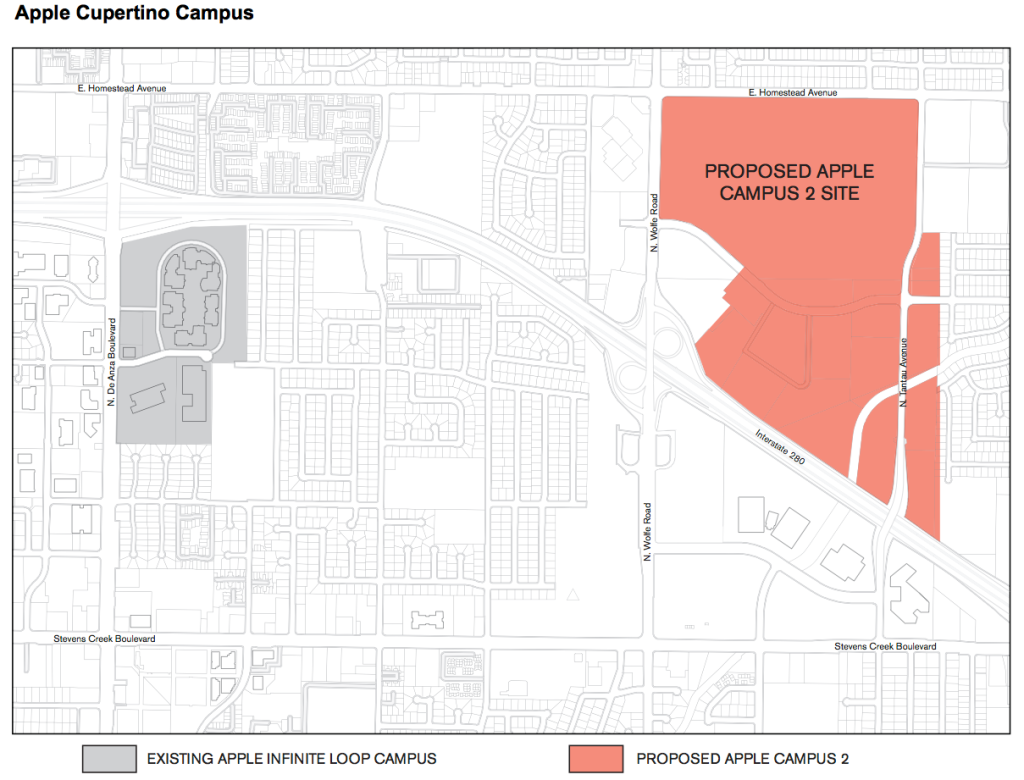 Apple released a report today detailing the economic benefits of Apple Campus 2 in Cupertino to the local city and surrounding neighborhoods of Sunnyvale and Santa Clara.
Apple released a report today detailing the economic benefits of Apple Campus 2 in Cupertino to the local city and surrounding neighborhoods of Sunnyvale and Santa Clara.
In short, they’re huge.
And they put significant pressure on the local communities, particularly Cupertino, to approve Apple’s construction requests.
While Apple’s current headquarters at 1 Infinite Loop houses only 3,000 employees, the new campus will eventually be home to 7,400 new employees, bringing Apple’s Cupertino headcount to 23,400. Apple is already Cupertino’s largest employer, with 16,000 employees in the city at its various facilities, and it will grow that number to 23,400.
AI Weekly
The must-read newsletter for AI and Big Data industry written by Khari Johnson, Kyle Wiggers, and Seth Colaner.
Included with VentureBeat Insider and VentureBeat VIP memberships.
All those employees will earn in excess of $2.9 billion dollars, and with Apple, will drive about $8.6 billion in local business revenues.
In terms of property and other taxes, Apple’s report says it paid $25 million in local property tax in 2012, which will grow by $32 million with Apple Campus 2 and should regularly exceed $56.5 million annually. In addition, Apple will pay $15.4 million annually to the Santa Clara Valley Transportation Authority and a one-time city bonanza of $38.1 million in construction fees and taxes.
Part of this is “use tax,” generated if Apple instructs its contractors to designate Cupertino as the point of sale for construction materials. But there’s a little hook here:
This revenue source is contingent [emphasis added] upon Apple and Cupertino negotiating a mutually acceptable Development Agreement, under which Apple would direct its contractors to designate Cupertino as the point of sale for construction materials.
In other words, give us the permits, and you’ll get the cash.
In addition, Apple will be funding another $66 million in local public improvements to roads, intersections, landscaping, utilities, bicycle paths, walkways, and parks, while also spending $35 million on a “transportation demand management program,” which I assume is code for incentivizing employees to carpool, bike, take public transportation, or purchase emission-free vehicles.
The $66 million includes $2.5 million for affordable housing, which is a good thing.
By the time Apple finishes packing another 7,000 people into Cupertino and surrounding cities, housing prices are going to go through the roof.
Here is the full report:
Apple Economic Impact on Cupertino by John Koetsier
Image credits: Apple
VentureBeat's mission is to be a digital town square for technical decision-makers to gain knowledge about transformative enterprise technology and transact. Learn More

